Winchester City Mill is located in the city of Winchester along the River Itchen. The mill was mentioned in the Domesday Book in 1086, but it was referenced prior to that. The site of the mill was occupied by a Roman mill, and they had diverted the course of the river, so there has been a mill on this site for around two-thousand years (or at least a thousand years if you discount the Roman activity or the time between).
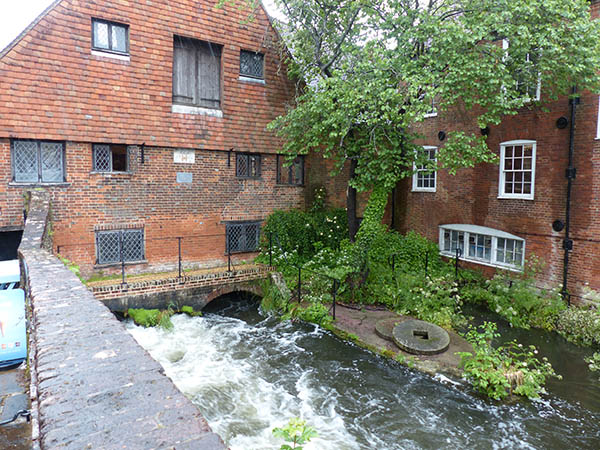
Some of the timber used in the mill has been dated from the 11th century. The mill was originally called Eastgate Mill until 1554 when it was given to Winchester by Queen Mary to compensate for expenses due to her wedding to Philip I of Spain. The mill was rebuilt in the mid-1700s, and the mill was used until the early 1900s. It was sold in 1928 to the National Trust for fear that it would be demolished, and it was used as a youth hostel until 2005. In 2004, the mill was restored and can mill flour by water once again; this is demonstrated during the weekends.
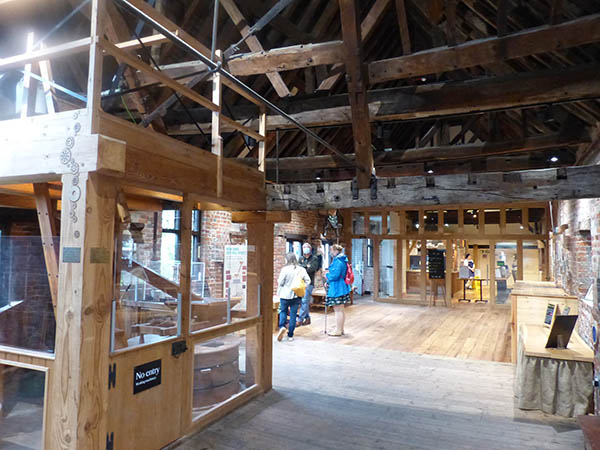
Visitors to the mill will appreciate a ten-minute video about the history and restoration of the mill. There is also a second-hand bookshop and a small shop and cafe. The interior of the mill contains information about it as well as a demonstration model and a doorway to the island outside the mill and another doorway to the basement where the mill is located.
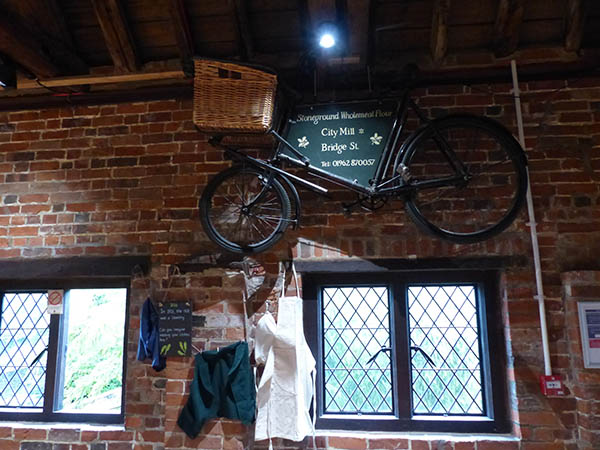
Outside the mill is a small island surrounded by both branches of the river with water diverted underneath the mill. On my visit, it was very rainy. The river was very high, and the water was fast-flowing.
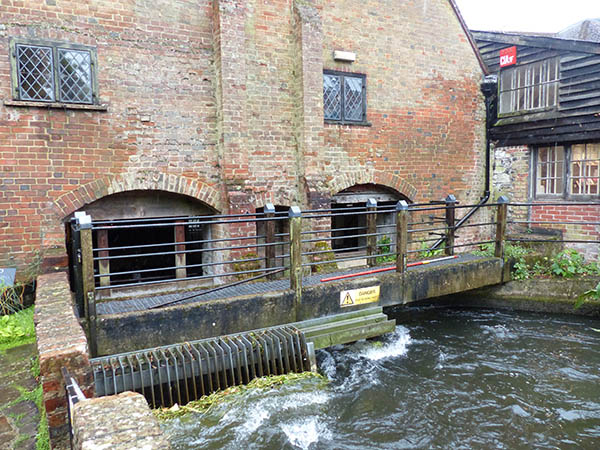
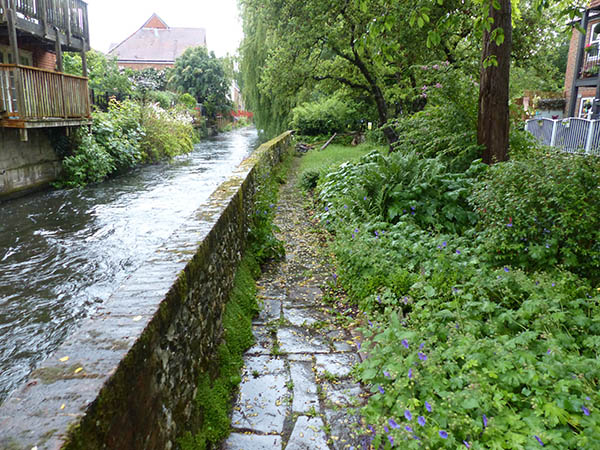

There are a couple of benches and tables out here for people to enjoy, though today was not a good day for this as it was very rainy. The island has wildflowers growing on it, and apparently otters currently live nearby and have been seen passing underneath the mill. There are also other wildlife that live here, which is surprising considering it is in the middle of a city. However, it does not feel like it is.
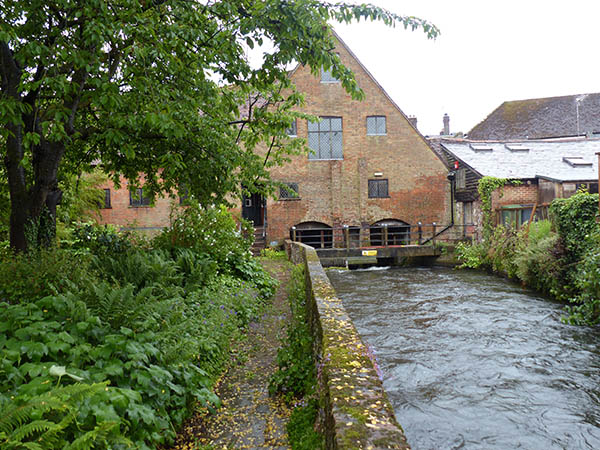
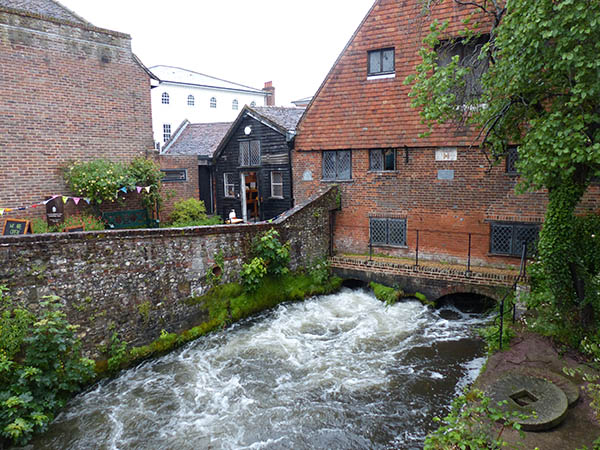
Down the stairs inside the mill, visitors can see the water wheel and flor production. A bridge across the running water shows how fast the water flows.
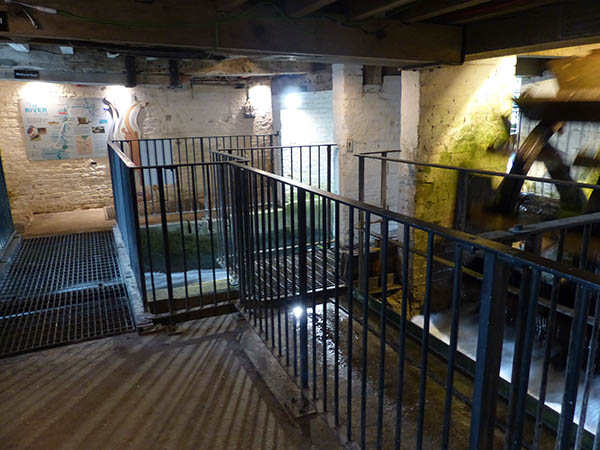
The water wheel pictured below is amongst the oldest known timber in the mill, and it has been preserved as an exhibit.
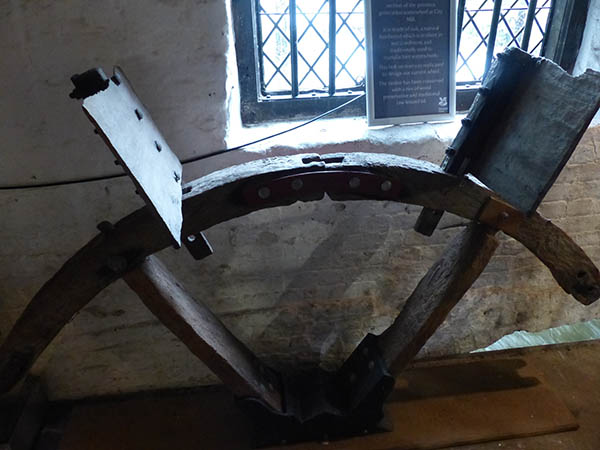
I only had a fleeting moment at the city mill because of the bad weather, but it is a nice place to visit. I think it would be more appreciative during a dry day. The water flowing through it at such a speed and having to walk across the bridge was a little frightening.
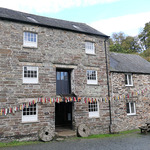

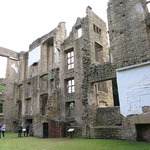
Leave a comment